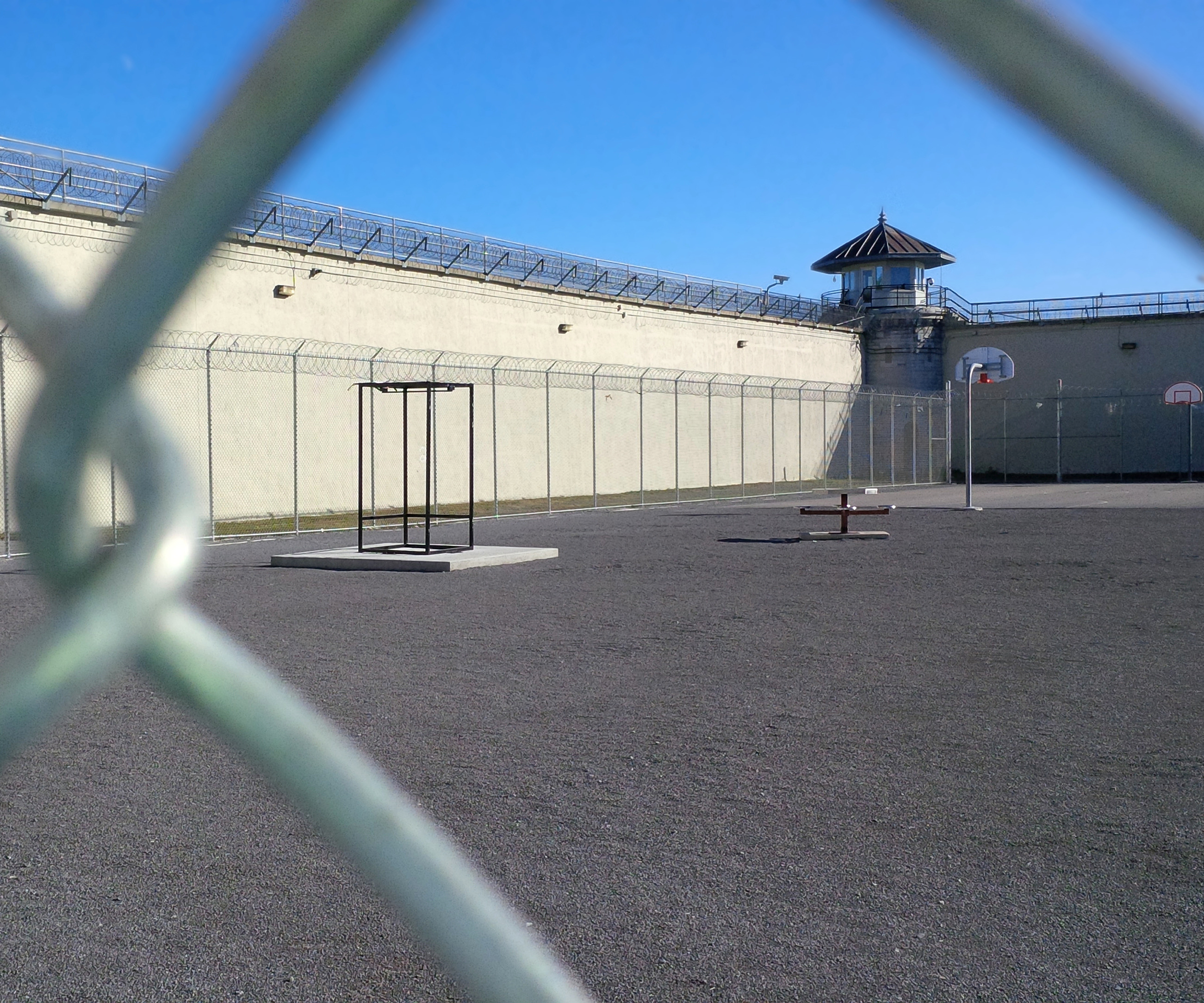WHY HAVE WE FORGOTTEN ABOUT CORRECTIONAL WORKERS? ESSENTIAL SERVICE PROVIDERS OF THE COVID-19 PANDEMIC AND BEYOND
Rosemary Ricciardelli | June 27, 2022
Rosemary Ricciardelli, Research Chair, Safety, Security, and Wellness, Marine Institute at Memorial University of Newfoundland
Do we give correctional workers the societal recognition they have earned? The answer appears to be a resounding no, as very few people recognise that correctional workers have been essential service providers during the COVID-19 pandemic and beyond. Most correctional workers are public safety personnel, many are classified first responders, and all are responsible for preserving the safety of the public in spaces often invisible to the public. Consequently, their voices, unlike those of police, firefighters, and paramedics, are largely absent from public conversations about prison life and public safety despite elements of their work being essentially the same.
Throughout the COVID-19 pandemic, the spread of infection and the intensified vulnerabilities of the people incarcerated has been a major concern. Yet prisons remained open and functioning, people continued to be under supervision in the community or in prison, and staff remained on site, serving public safety and promoting community health 24 hours a day, seven days a week. Furthermore, decarceration (referring to people being released early from prison) necessarily increased during the early phases of COVID-19, putting an increased burden and stress on community correctional workers like parole/probation officers and those working in the institutions. The work accomplished by these individuals has remained largely unrecognized, misunderstood, or underappreciated by many Canadians. In part, this is because most prisons are geographically located away from populated areas, and thus are often out of sight and out of mind, unless something bad happens.
If asked, most correctional officers signed up for their job to protect and ensure the safety of the prisons and those within, as well as the safety of the public. They provide care—legally they provide care—and custody for criminalized populations. Correctional workers are also responsible for the provision of essential and non-essential services to prisoners and parolees/probationers.
But what about the risks correctional workers inevitably face throughout the course of their duties? For example, prison work comes with an elevated risk for COVID-19 infection (and for other infectious diseases). Many correctional workers are also exposed, often routinely, to potentially psychologically traumatic events and consequently suffer through a disproportionate number of mental health problems when compared to the general public and other public safety personnel. In Canada, the prevalence of mental health disorders among correctional workers in 2018 was already 54.6 percent compare to 10 percent in the general public. But they still show up to work each day, ready and prepared to meet the responsibilities of their occupation, often without thanks. Although their jobs disproportionately affect their mental health, the supports and resources available to them are sometimes limited.
The job, at its core, requires vigilance and a vested interest in maintaining public safety, as well as public health. Correctional officers work in the same space where prisoners live and they are the prisoners’ most accessible connection to the outside and inside world – they facilitate contact with lawyers and provide access to family, food, hygiene, and more. They also police and respond to calls for help from prisoners (including life-saving assistance) and to fires, riots, acts of self-harm, violence, and other potentially psychologically traumatizing events. They have lived through terrible experiences, including seeing their colleagues experience harm, even death, on duty. On a good day, correctional work is a tough and unpredictable job. Workers deal with staff shortages, navigate inadequate and challenging physical space, and complete shift work—all factors that exacerbated by COVID-19. In the most devastating of cases, they have, and will continue to die in service to public safety.
Perhaps it is time to make correctional work more visible to the public, in ways that also acknowledge the hard realities experienced by criminalized populations. Despite the service correctional workers provide to our society, their sacrifice is under-acknowledged and under-recognized. It’s time this changed.
This article initially appeared in the Globe and Mail on June 27, 2022.



